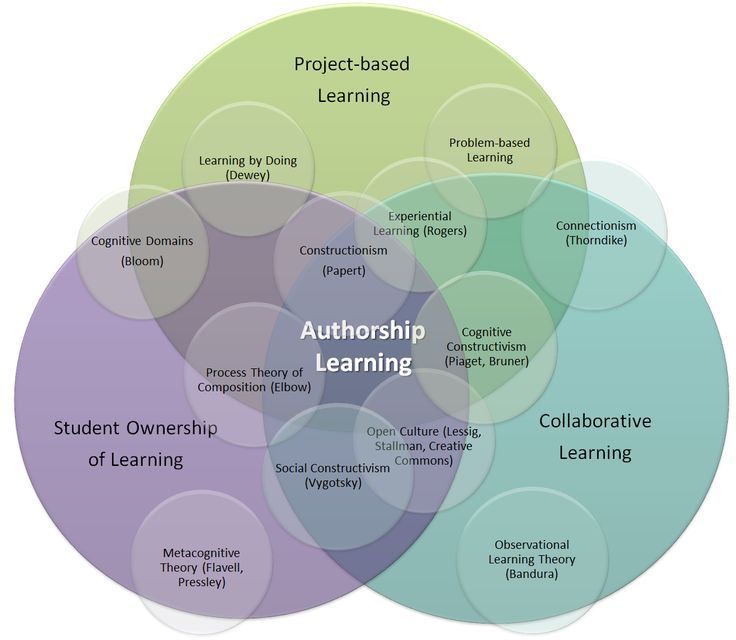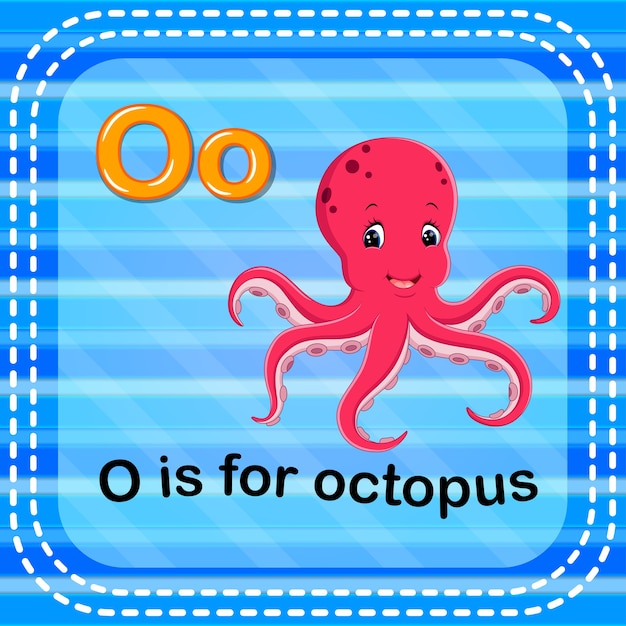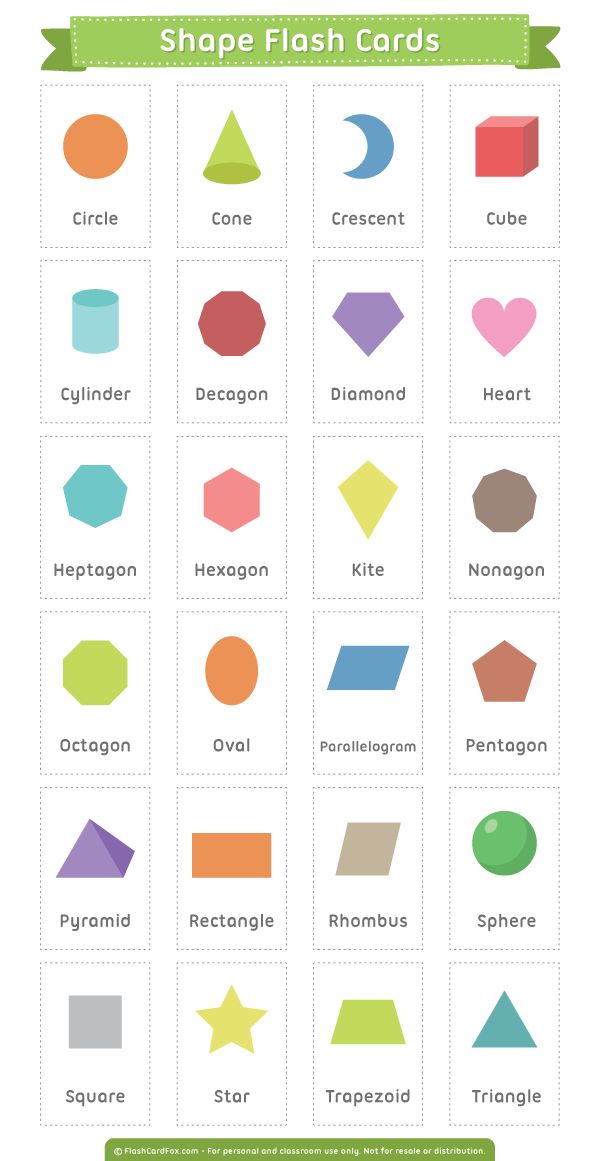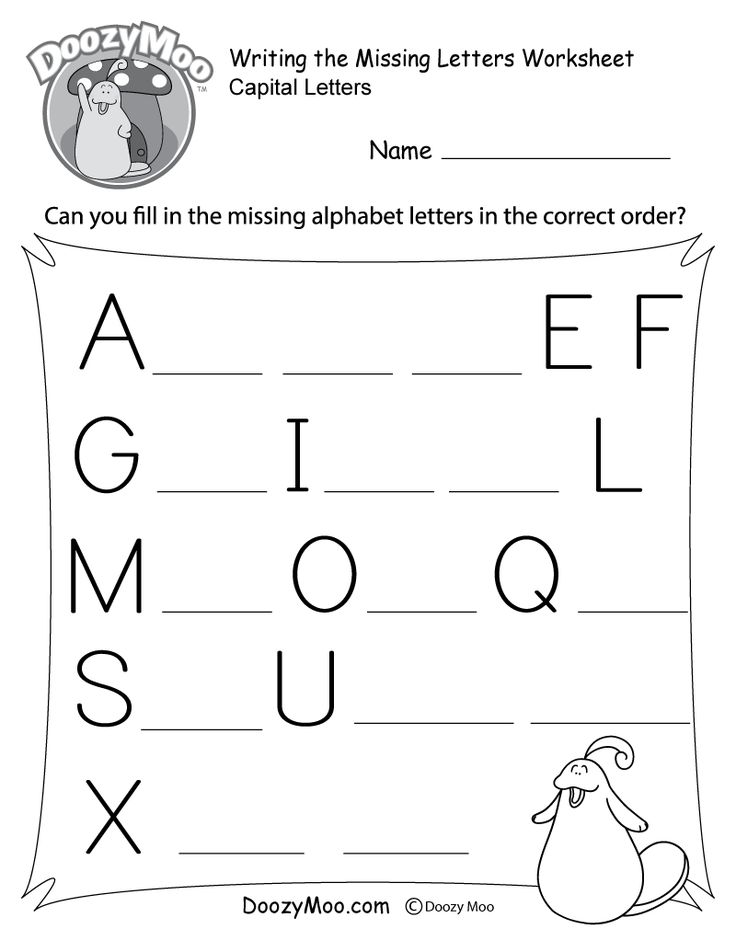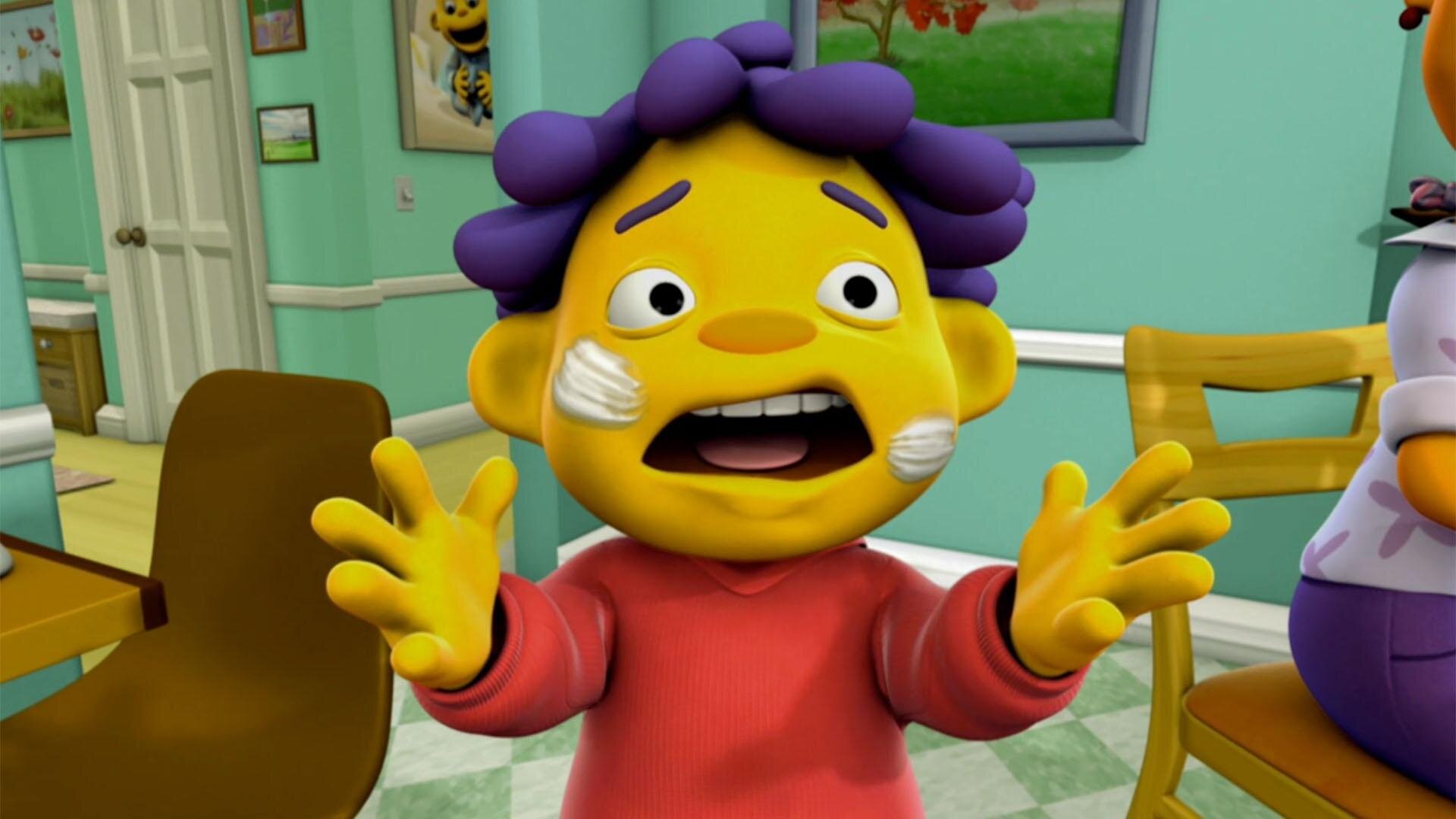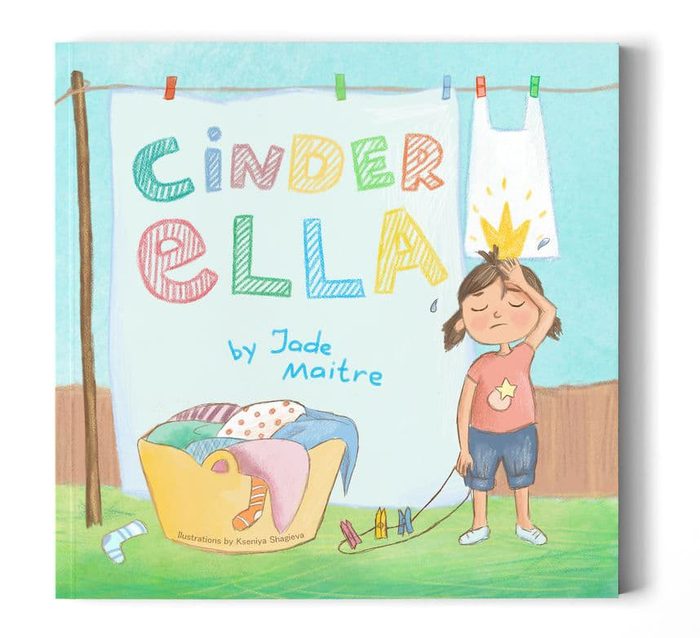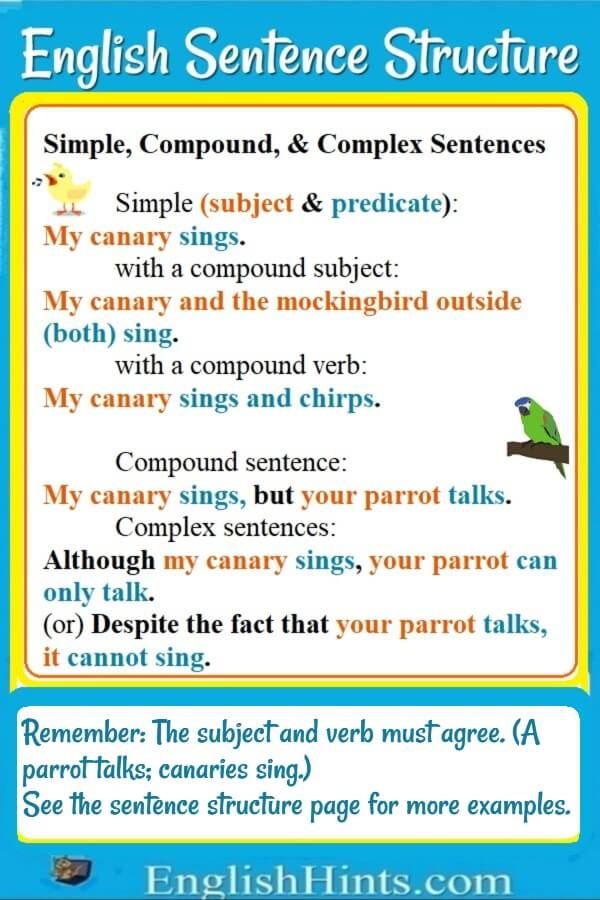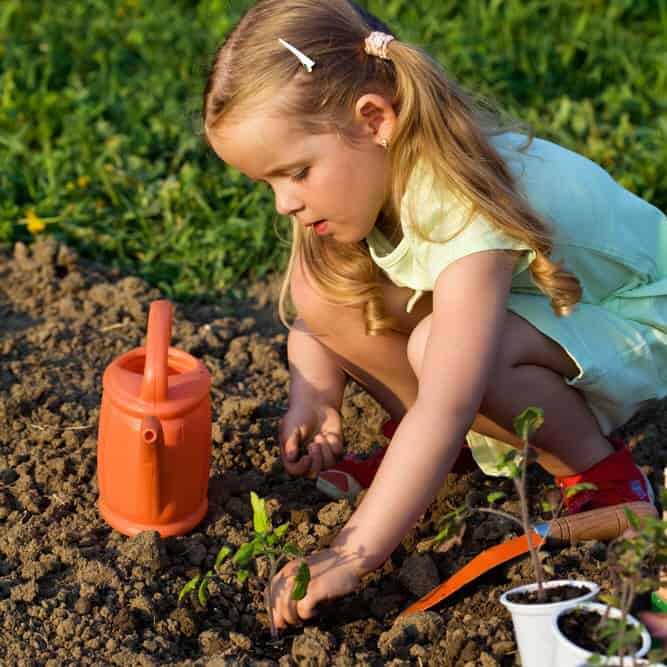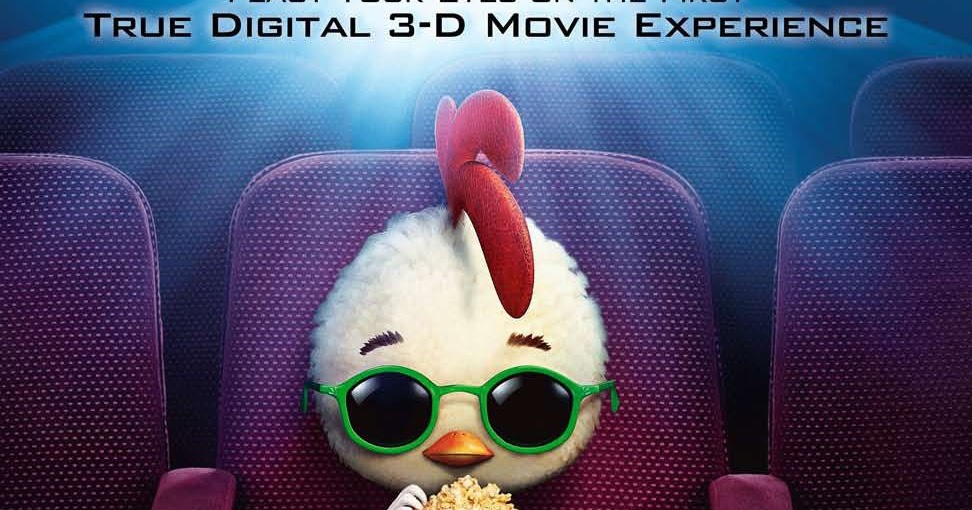Kindergarten alphabet sounds
Help Your Child Learn Alphabet Sounds!
Site Search
Site Search
Shop Now
Teaching Tips
December 15, 2020
0
4 mins
Alphabet knowledge is one of the first building blocks of education, the moment when children begin learning the letters of the alphabet. As the stepping stones of language, learning the alphabet is one of the first ways we develop the skills necessary to read and write. In fact, studies show that the ability to name the letters of the alphabet during Pre-K and kindergarten is a well-established predictor of children's literacy skills later in life. Properly knowing the alphabet means that the child can distinguish between the 26 letters of the alphabet and can also verbalize those letter sounds. There are many different ways to approach teaching the alphabet, and because every child is different, multiple teaching methods should be considered to ensure that all students are on the same path toward mastering letter sounds.
Tips for Teaching Letter Sounds
Many factors play a role in a child’s quest toward learning the alphabet. When teaching letter sounds, it's important to consider that students have varied learning styles. It is best to use a combination of visual, tactile, and auditory strategies in order to reach learners most effectively. Taking advantage of all possible approaches and beginning at an appropriate pace for the age group is key for making sure the child has learned the alphabet.
Preschool vs Kindergarten
Establishing the child’s starting point is crucial for properly knowing where to begin in regards to the child learning letter sounds. In Pre-K, students are beginning to establish phonemic awareness, and these skills can grow quickly. By establishing the learner’s baseline, you are able to help them achieve greater growth throughout their Pre-K and kindergarten years.
Start With Their Name
Taking full advantage of meaningful literacy during early childhood education is a great way to connect lessons with the student in an intimate and fun way. Starting with teaching the child’s name guarantees that there will be a personal connection to the letters of the alphabet and teaching the letter sounds of their name will help them to remember certain letters and touch on correct letter order as well. Start with their name and then move on to other personal buzzwords such as their favorite food, color, and so on.
Starting with teaching the child’s name guarantees that there will be a personal connection to the letters of the alphabet and teaching the letter sounds of their name will help them to remember certain letters and touch on correct letter order as well. Start with their name and then move on to other personal buzzwords such as their favorite food, color, and so on.
Capital Letters First
When teaching letter sounds, children typically learn capital letters first so it’s much easier for them to recognize capital letters than lowercase letters. When using visual materials for teaching letter sounds, begin with mastering capital letters of the alphabet and then move forward to incorporate lowercase letters as well. This allows them to have a foundation for letter sounds while then focusing on letter recitation overall.
Use Visual Cues
Visual cues are a huge helping hand in the quest for properly teaching alphabet letters and sounds. Combining verbal and visual instruction to provide aid for the child allows them to commit the letters to memory and recall those letters later on. Consider using physically engaging alphabet resources to help give kids visual assistance in learning letters and sounds. Some great tools we suggest include:
Combining verbal and visual instruction to provide aid for the child allows them to commit the letters to memory and recall those letters later on. Consider using physically engaging alphabet resources to help give kids visual assistance in learning letters and sounds. Some great tools we suggest include:
Letters or Letter Sounds First?
Each student is unique! Some children will have an easier time identifying the letter, while others may have a better time learning the sound before the corresponding letter. Take note of which direction the child is leaning toward and cater to their individual needs. But first and foremost, ensure you invest a healthy amount of time in establishing letter-sound-correspondence when teaching letters and sounds.
Mix Up the Standard Alphabet Order
A great way to ensure that the student is properly able to identify and replicate alphabet letter sounds is to change up the alphabet order. This allows the teacher to see if the student has retained the alphabet properly or has maybe relied heavily on educational tools like songs and games to be able to identify letters. A-B-C Touch & Flip Cards are a great tool for mixing up the order to ensure each letter gets its own spotlight and that the child can confidently excel in mastering the alphabet.
This allows the teacher to see if the student has retained the alphabet properly or has maybe relied heavily on educational tools like songs and games to be able to identify letters. A-B-C Touch & Flip Cards are a great tool for mixing up the order to ensure each letter gets its own spotlight and that the child can confidently excel in mastering the alphabet.
Make Letter Sounds Fun
One of the best parts of teaching letter alphabet sounds is watching the moment when it finally clicks for the child. Teaching letter sounds should be a fun experience for the child. That positivity helps encourage comprehension and encourages further development of these skills. Try playing games, singing catchy alphabet songs, or even assigning alphabet-based art assignments to help make learning the alphabet a fun experience.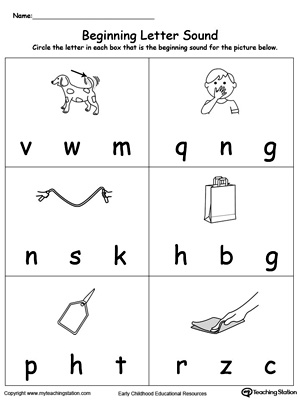
Learning Without Tears Knows Letter Sounds!
Once a child has confidently mastered letter sounds and the alphabet, they’ve taken the first step toward literacy, vocabulary, language development, and more. With a combination of enriching alphabet learning materials and enough consistent practice, any child will be on their way to confidently know the alphabet.
Learning Without Tears seeks to help families, educators, and children get prepared for learning with innovative educational materials and professional resources. We want every child to be set up for success through each step of their learning journey, with engaging and worthwhile materials for K-5 students. Regardless of whether the child is learning in a traditional classroom or at home, Learning Without Tears provides access to proven curricula, industry insight, and enriching products that help make teaching and learning the alphabet a fun experience.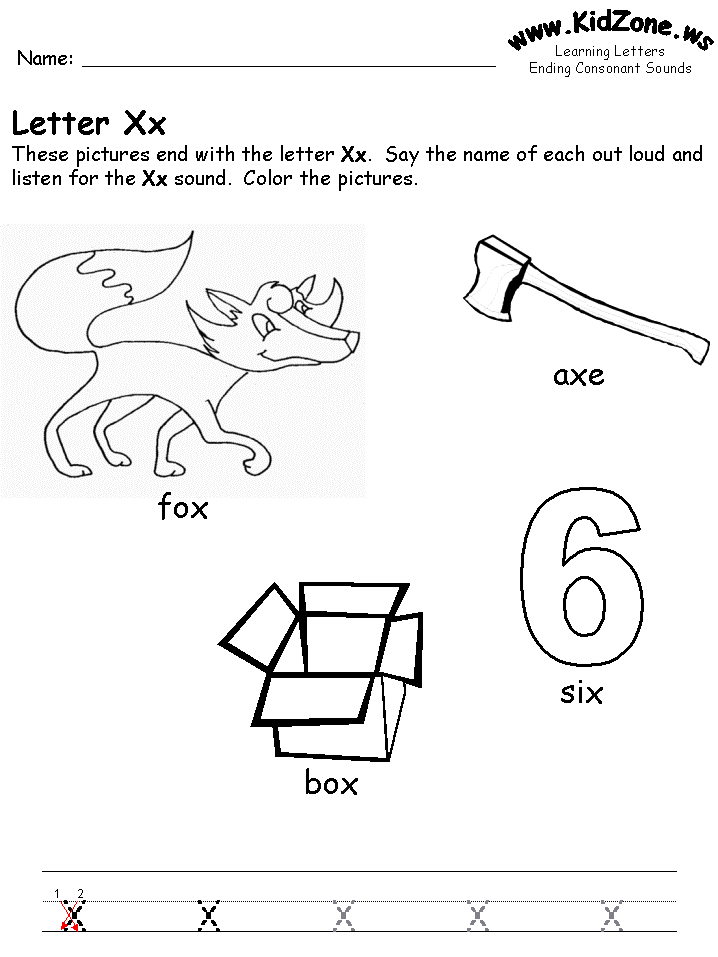
Source: Piasta, Petscher & Justice, 2012
Related Tags
Home Connection
Home Connection, Teaching Tips, Multisensory Learning, Readiness
Handwriting Development Through Developmentally Appropriate Practices from Ages 2-5
August 13, 2021
0 4 min
Ask the Experts, Teaching Tips, Multisensory Learning, Readiness, Home Connection
Why is Literacy Development Important for Children?
June 17, 2021
0 4 min
Ask the Experts, Teaching Tips, Multisensory Learning, Readiness, Home Connection
Naming Letters Is Not a Straight Path to Literacy: Here’s Why
April 15, 2021
4 2 mins
There are no comments
Stay Connected and Save 10%Sign up for our newsletter and get the latest updates, Classroom tips & free downloads.
Comments
50 Fun Alphabet Sounds and ABC Letter Games • Kids Activities Blog
Today we have a whole bunch of ABC alphabet fun with letter and sounds learning games and activities for toddlers and preschoolers to help you young students prepare to read with fun pre-reading playful learning ideas. Playing ABC games together helps young kids grasp letter sounds, phonics, letter recognition and sequencing through play!
Let’s play ABC games together!ABC Games & Alphabet Sounds
Many parents have kids that are soon to enter kindergarten for the first time and are wondering what their kids should know before they head out to school on their own.
As a mom who once taught Kindergarten, I always wanted to make sure my kids are well-prepared and ready to begin their school career with a bit of an advantage by knowing their letters and sounds.
Related: Grab our free Kindergarten readiness checklist as a guide
I have seen the value in children knowing their letters early.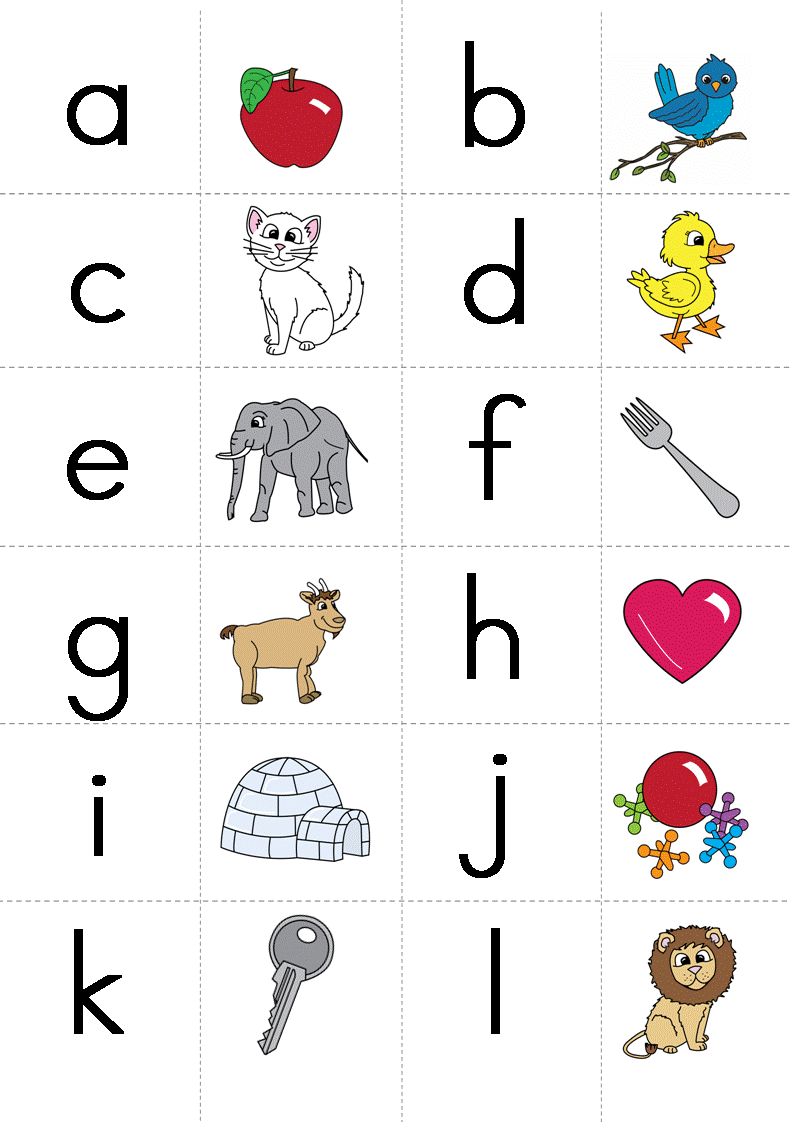 That said, I also recognize that kids are kids, and I want to make sure they have time to play – both independently and with me.
That said, I also recognize that kids are kids, and I want to make sure they have time to play – both independently and with me.
Learning Through Alphabet Games
Children acquire knowledge through play, so learning letters at our house is rarely a sit down structured time.
It’s a time of play and games!
The kids have fun and don’t even realize they are learning at the same time. I don’t believe we should leave teaching up to the schools. You get the great honor of being an educator of your child, and you can supplement what is happening at school by engaging your child in enjoyable yet educational ways.
Related: Check out our huge abc letters resource that has letter activities, letter crafts, letter printables and more for every letter of the alphabet!
I hope these resources help you feel equipped to take the reins in your own child’s education.
This article contains affiliate links.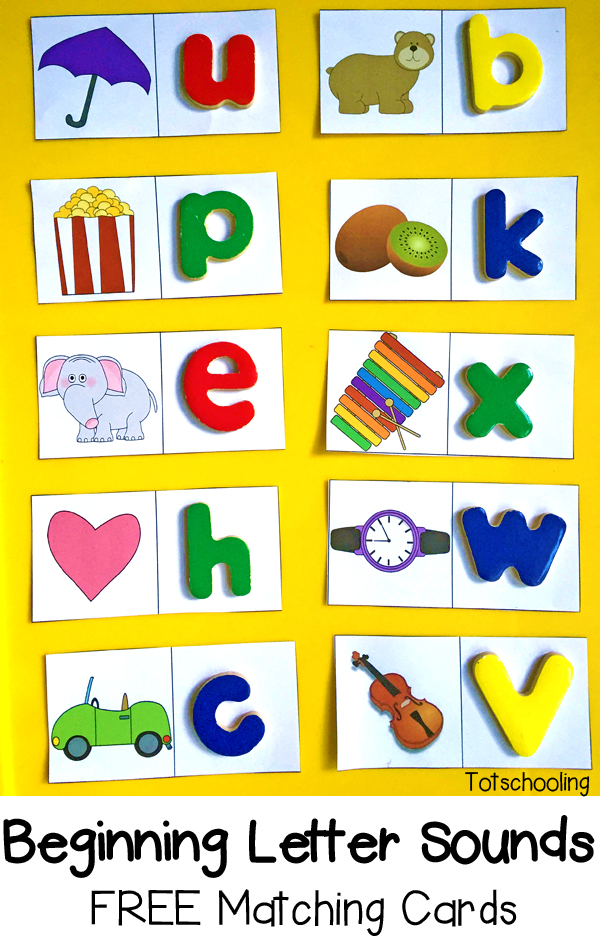
Hands On Letter Games
1. Letter Toss Game
Muffin Tin Learning – Want to make learning fun? This game involving throwing pennies and will keep your kids engaged. They will barely know that this is actually a lesson.
2. Growing Letters Game
Alphabet Flower Garden – This garden is full of letters and learning opportunities. It is definitely a great way to explore and grow in alphabet knowledge.
3. Unlimited ABC Games for Kids
ABC Mouse – This site gives kids tons of alphabet and phonics practice through interactive games and printables.
4. Matching Letter Game
Magnetic Alphabet Board – This letter matching activity is self-contained and is a tool to get kids to match up letters and help with identification.
5. Touch and Feel the Alphabet Game
Play Dough and Magnet Letters – Letting kids explore using their senses is a great way to learn. Play Dough is a tactile way to watch this happen.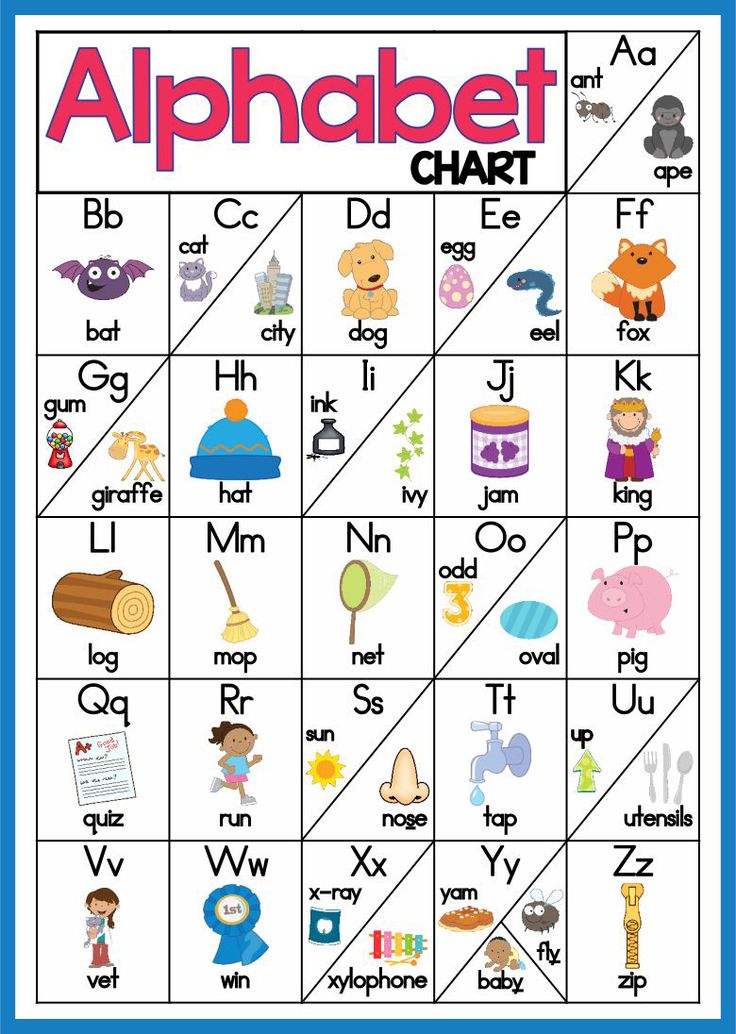
–>Need a Set of Alphabet Magnets? I like this Magnetic Letters Alphabet Fridge Magnets Set that comes in a handy carrying tub.
6. The Great Alphabet Race
Race the Alphabet – Do you have race tracks and a child that loves playing with cars? This activity is for you! If you don’t have your own track, here’s another version.
Let’s have some fun with preschool learning games & our ABC’s.Preschool Alphabet Games
7. Fishing for Letters
Magnet Letter Fishing – Take your magnet letters and make a simple fishing pole. With a pond full of letters, your kids will have a lot of fun casting their line for another catch.
8. Pirate Vowel Game
Gold Coin Vowel Sound Drop – Your little pirate will have fun learning his or her vowels be playing this game.
9. Letter Stacking Game
ABC Letter Stack Game – Stacking up letters has never been so fun. They get to stack and stack until they fall, which I am sure will become the favorite part.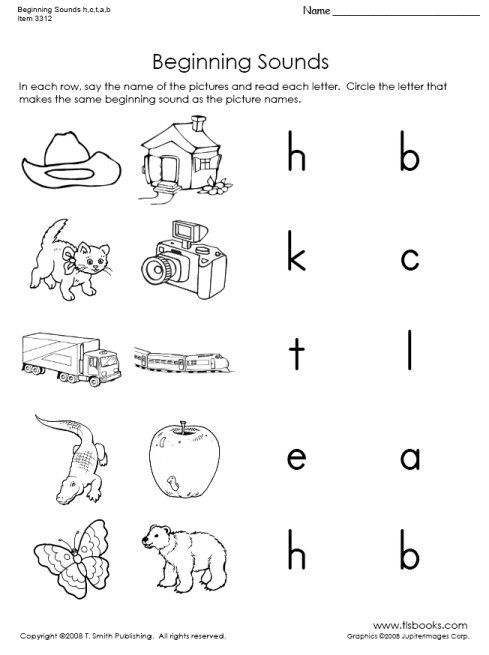
Related: Use these with our playful preschool homeschool curriculum
10. It Begins With…
Initial Sounds Blackout Game – Want kids to be able to identify the beginning sounds of words? This fun game will help them do exactly that.
–>Need a Wooden Alphabet Set with Flashcards? I really love the cuteness of this Tangame Wooden Magnetic Letters Alphabet Refrigerator Magnet Flash Cards for Preschool Kids that comes in a magnetic tin.
11. Letter Scavenger Hunt
Architecture Letter Scavenger Hunt – Have you seen those photos that find letters in architecture? Your kids get to go on their own letter scavenger hunt with this fun activity.
Let’s play a creative alphabet game!Creative letter Games for Alphabet Sounds
12. Interactive Alphabet Learning Games
A-Z Letter Learning Activities – This post brings you over 90 activities for each and every letter of the alphabet. What a great resource!
13.
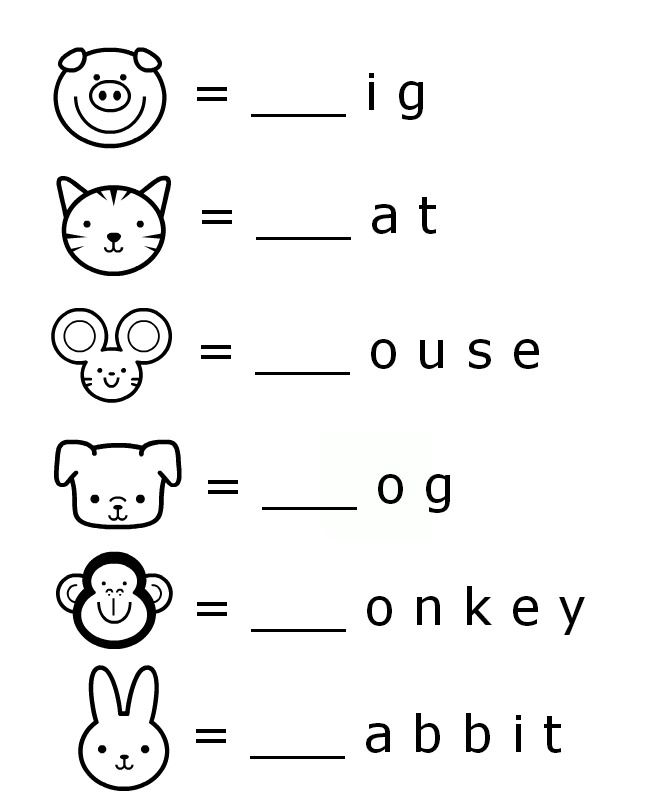 Climb the Word Ladder
Climb the Word LadderWord Ladder – Kids get to “climb” to the top of the ladder as they successfully identify letters and sounds. They don’t need to worry if they “fall,” they have the opportunity to try again.
14. Flashlight Alphabet Game
Flashlight Alphabet Game – My kids are obsessed with flashlights. I know my preschooler would love this game!
–>Need Foam Alphabet Letters for Practice? This Gamenote Classroom Magnetic Alphabet Letters Kit comes in a plastic organization case and magnet board and would be great for home too.
15. Make a Letter Game
Letter Formation Activity – Using materials you probably have at home, your kids will have a lot of fun forming their letters.
16. Hungry Hungry Letters Game
Alphabet Monster – This hungry monster will only eat letters if you can say the name or sound of a letter. What a fun craft to make that also turns a great letter learning opportunity.
Let’s play a game that helps us learn letters!ABC Games that Help Kids Learn Letters and Sounds
17.
 Let’s Host a Reading Hop
Let’s Host a Reading HopReading Hop – This letter learning game will keep your kids active and hopping all around. If you are looking for a way to take learning outdoors, you have found it.
18. Alphabet I Spy
Alphabet “I Spy” – Take the classic and beloved game of “I Spy” and turn it into an alphabet search activity. Brilliant!
19. Can You Catch the Letters Game?
Runaway Letters Game – Your child gets a chance to grab letters and runaway while you creativity beacon the letter’s return. This is a great way for moms, dads or teachers to interact with their kids during the educational process.
–>Need a Fun ABC Game? I love this ABC Cookies Game from Goodie Games that is a fun alphabet learning game for toddlers and preschoolers.
20. LEGO Spelling
Lego Spelling – If you add letters to duplex legos, you have a great way to work on sounds and words.
21. Letters Inside of Letters Activity
Making Letters with Letters – Learning letters will be reinforced over and over again as your kids use letters from magazines to create their own larger letters.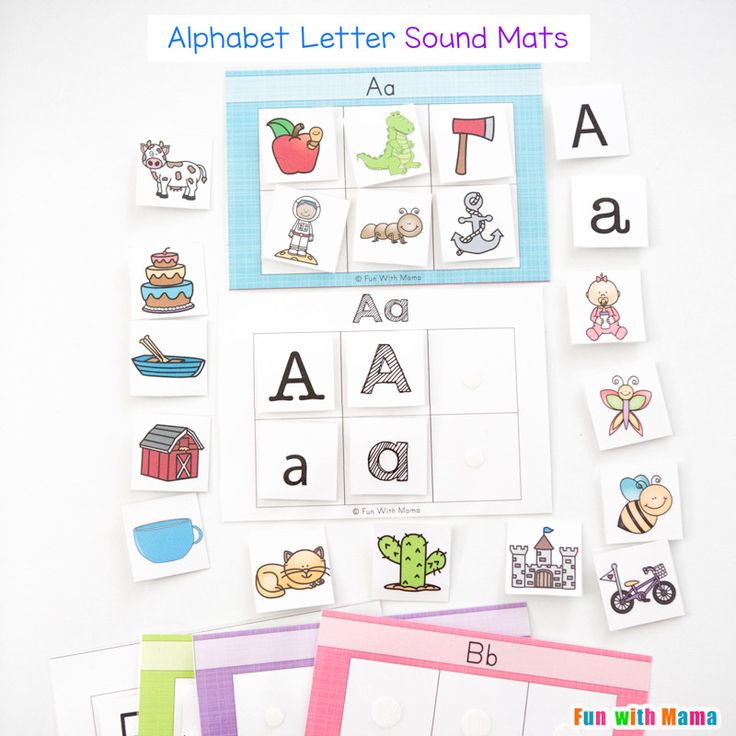
ABC Games for Pre-K
22. Letter Swat Game
Spider Letter Swat – Kids will enjoy learning their letters as they swat away at the flies in this entertaining game.
23. Letter Squirt Game
Squirt the Letter – This is a game I know my son, especially, would love. He loves anything squirt gun and anything water. Squirting the correct letter is right up his alley.
24. Letter Lacing Activity
Letter Lacing – This letter lacing, quiet bag activity works on fine motor skills while also developing the skills needed to develop in reading.
–>Need Letter Lacing Cards? I like this wooden set from Melissa & Doug that has both animals and letters on the sturdy lacing cards.
25. Alphabet Sounds Race
Letter Sounds Race – Get your kids moving with this letter sounds race. This is a great learning opportunity for your active kids! More alphabet sound learning activities are fun too!
26.
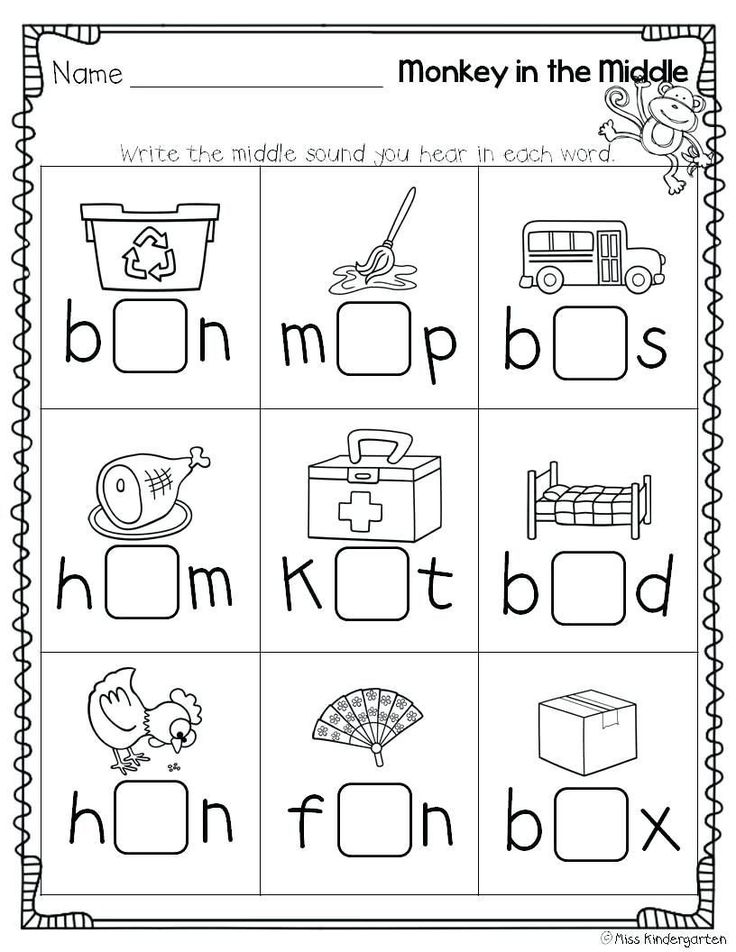 Disappearing Letters Game
Disappearing Letters GameDisappearing Letters – Kids will learn to love to trace their letters as they see the trick to making them disappear.
Let’s play ABC Learning Games!Alphabet Games for Learning
27. The Game of Bang
Bang – Bang is a letter identification game that will be a lot of fun for the little gamers in your life.
28. Letter Chomp Game
Mr. Shark Alphabet Chomper Game – I love the idea to make a shark out of an envelope in general. Add the learning aspect of having the shark chomp letters, and you have a great game.
29. Letter Tiles Activity
DIY Bananagrams Letter Tiles – Here’s a really smart way to make letter tiles. You can turn them into magnets or play the classic Bananagram game with your creation.
–>Need a Bananagram Game? Here is the original Bananagram game for kids.
30. Make Pretzel Letters
Soft Pretzel Letters – Kids can learn their letters as they have fun making pretzel dough.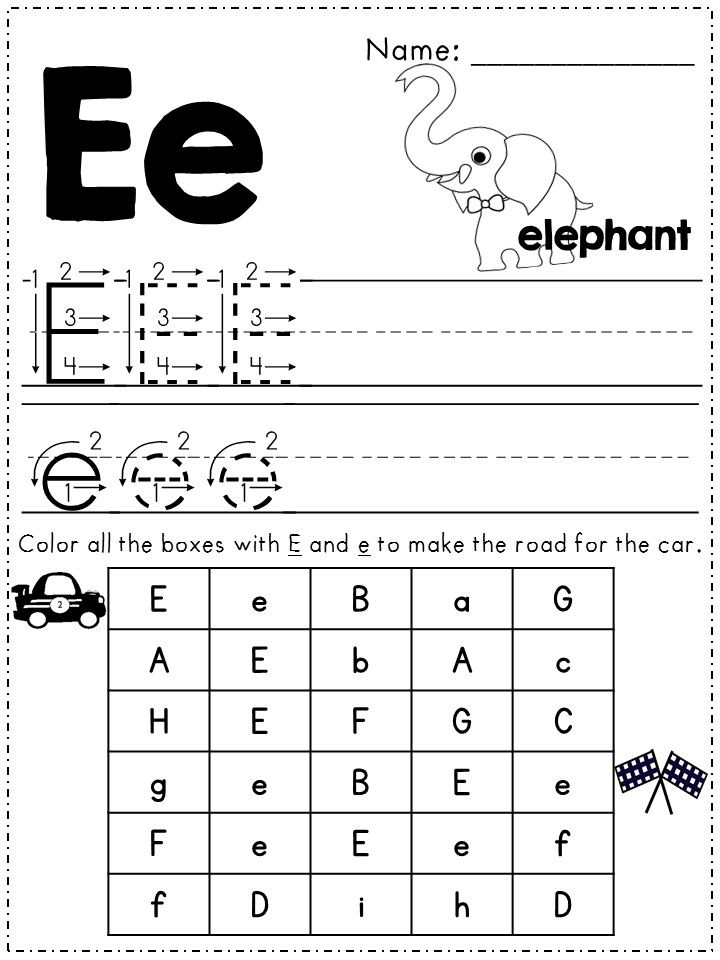 Through using both the sense of touch and taste, this becomes a fun activity for all.
Through using both the sense of touch and taste, this becomes a fun activity for all.
31. Travel Alphabet Game
Alphabet Words Game – This is a learning game that can be taken anywhere. Keep your kids occupied working on their letters at restaurants, home, car rides and more.
Let’s play letter and sound games!ABC Games for Letters and Sounds
32. Touchy Feely Letters
Sensory Bins with Letters – Sometimes the best way to help kids learn is to let them explore. This sensory bin will help kids do just that.
33. Alphabet Seek & Find
Seek-N-Find Alphabet – This letter game is like an eye spy for letters. It involves a plastic tube (easily substituted by a water bottle), and will keep your kids searching for their letters for quite some time.
34. Letter Formation Fun
Tactile Writing – Kids learn to write letters as they use rice and paint to feel their way through the process or writing.
–>Need a Wooden Letter Matching Set? I like this durable Alphabet flash cards and wooden letter puzzle set from LiKee Alphabet.
35. Homemade Domino Letter Fun
Craft Stick Dominos – These craft stick dominos are an easy, homemade version of a domino game with a focus on learning letters and matching symbols. What a fun idea.
36. Flashcard Games
ABC Flashcards – Flashcards can be used by a variety of games and activities like flashcard basketball. These ones are free. And so are these kids alphabet cards you can download & print instantly.
Related: Here are a bunch of ideas for flash card games for kids
Let’s play some more abc games!How to Help a Child Learn Letters and Sounds Through Play
37. Make a Sun-Powered Letter Puzzle
Make a DIY shape puzzle using the sun with alphabet letters for a really fun matching game you can play inside or out. Or use this method without the sun to make this fun abc matching game for kids.
38. Collect Alphabet Treasures
Use these free alphabet labels to create small containers for each letter of the alphabet for a special letter collection activity!
39.
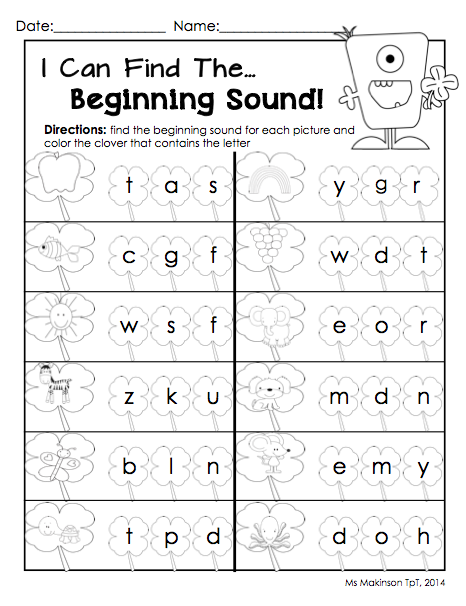 Make Easy Alphabet Crackers
Make Easy Alphabet CrackersMaking alphabet crackers has never been easier or more fun!
–>Need an Alphabet Snack? I like these Happy Tot Organics ABC Multi-Grain Cookies…yum!
40. Play Alphabet Zipline!
Use these alphabet printable letters to create your own alphabet zipline in your living room. It is really fun.
41. Play a Silly Letters Game
Try these alphabet games for preschool that are full of fun and a little silly…
42. Make Pipecleaner Letters!
Try to do some fun abc formation with pasta and pipe cleaners which is a fun way to explore letter shapes.
43. Make Bathtub Alphabet Soup
Use bath letters for a big big big batch of bubblebath alphabet soup {giggle}.
44. Color a Letter Coloring Page
- Letter A Coloring Page
- Letter B Coloring Page
- Letter C Coloring Page
- Letter D Coloring Page
- Letter E Coloring Page
- Letter F Coloring Page
- Letter G Coloring Page
- Letter H Coloring Page
- Letter I Coloring Page
- Letter J Coloring Page
- Letter K Coloring Page
- Letter L Coloring Page
- Letter M Coloring Page
- Letter N Coloring Page
- Letter O Coloring Page
- Letter P Coloring Page
- Letter Q Coloring Page
- Letter R Coloring Page
- Letter S Coloring Page
- Letter T Coloring Page
- Letter U Coloring Page
- Letter V Coloring Page
- Letter W Coloring Page
- Letter X Coloring Page
- Letter Y Coloring Page
- Letter Z Coloring Page
45.
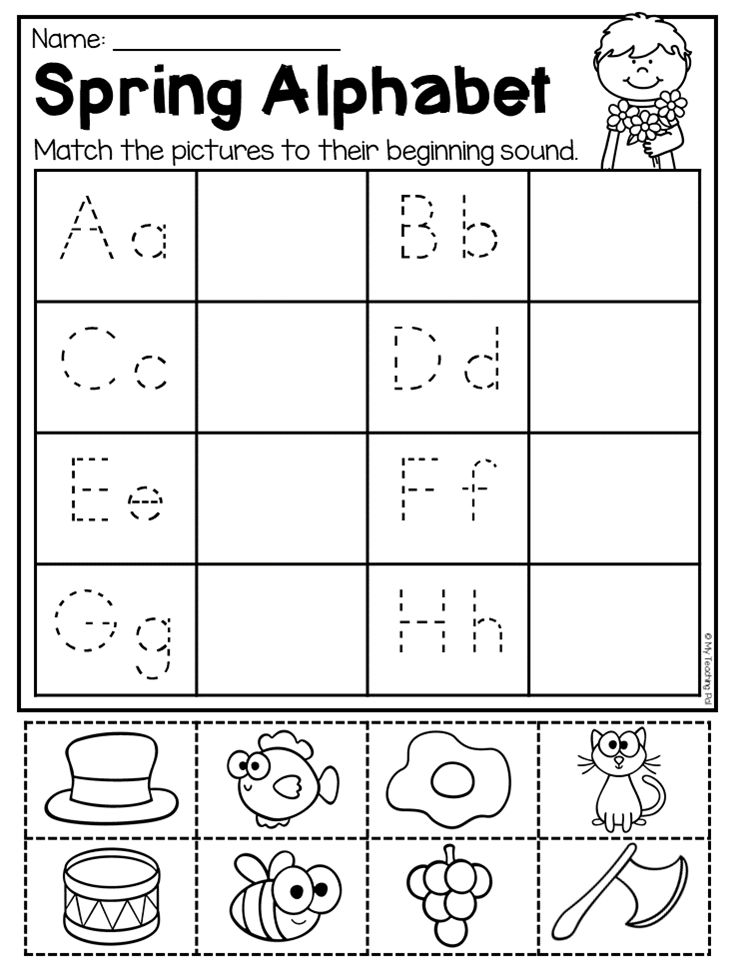 Let’s Play with Playdough!
Let’s Play with Playdough!These playdough pre writing activities are both fun and super hands-on learning.
Let’s make a yummy…I mean gummy…alphabet!46. Make Gummy Letters
This sour gummy recipe makes the cutest alphabet letters to learn and eat!
47. Try a Fun Alphabet Activity Book
There are so many quality workbooks for kids on the market right now so we narrowed it down to some of our favorites that just might fit your kid.
Let’s find the letters and make pictures with crayons!48. Color by Letter Activities for Letter Recognition Fun
We have a whole bunch of color by letter printable pages for kids that help them recognize letters while playing a game:
- Color by letter – A-E
- Color by letter worksheets – F-J
- Coloring by letters – K-O
- Color with letters – P-T
- Preschool color by letter – U-Z
49. Play the Missing Letter Game
Use one of our favorite preschool games, What is Missing? and use either letter flashcards or abc fridge magnet sets to create sequencing of the alphabet and then remove a letter or two.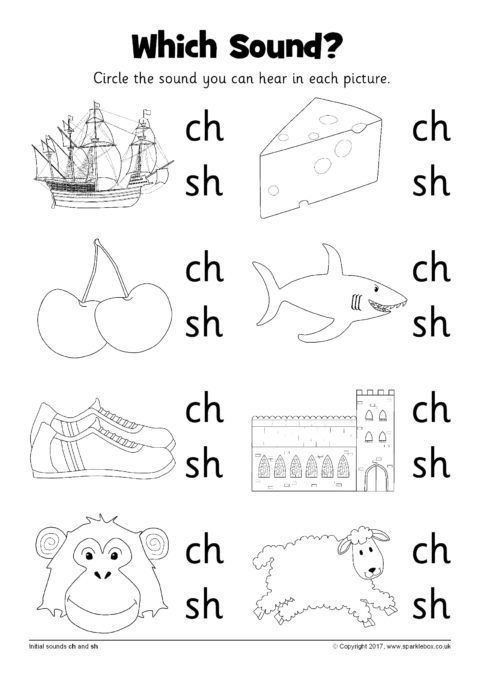
50. Play Alphabet Beach Ball Toss
Modify our fun sight word game with letters instead of sight words. Your beach ball can be covered with the letters of the alphabet for throwing and catching learning fun.
Games for ABC Sounds
51. Learn and sing the ABC sounds song
I love this fun song from Rock ‘N Learn that goes through the entire alphabet with sounds for each of the letters.
52. Play an online ABC sounds game
Monster Mansion is a free online alphabet match game that kids can learn the abc sounds and match them with the proper letter on the proper monster!
53.
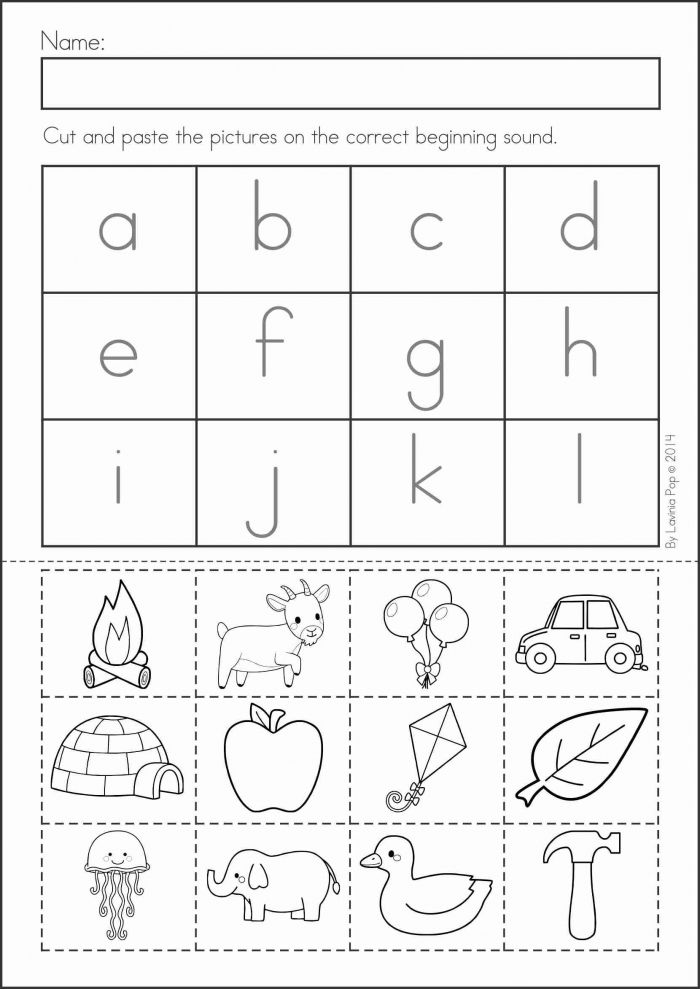 Print & Play a letter sounds game
Print & Play a letter sounds gamePreschool Play and Learn has a really colorful and fun letter sounds board game you can print and play at home or in the preschool classroom. Each player will pick up a card and identify the letter and /or say the sound that the letter makes.
More Learning Games from Kids Activities Blog
- Now that we learned out letters, don’t miss out on our number activities for preschoolers!
- When your child is ready, we have a big giant list of sight word activities that are fun too!
- We have some really fun games teaching kids how to read a clock.
- My favorite massive resource of fun is our kids science games here at Kids Activities Blog.
- It doesn’t have to be October to play some frightful Halloween games.
- Let’s play math games for kids!
- If you need to work out the wiggles, we have the best indoor games for kids.
What was your favorite abc game? Did we miss some alphabet activities that you do with your kids?
FAQs for Teaching ABC Sounds and Letters to Kids
How Do You Teach Children the Alphabet in a Fun Way?
We have tons of ideas on how to teach children the alphabet in a fun way, but here are some basic guidelines:
1.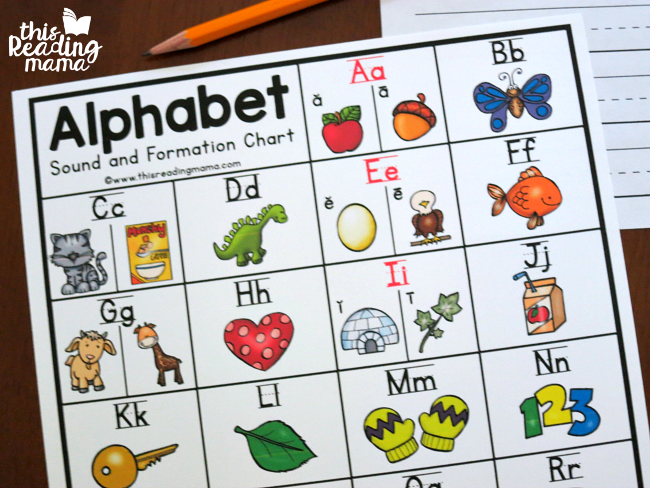 Create a game out of learning the alphabet.
Create a game out of learning the alphabet.
2. Use flashcards in a fun and interactive way.
3. Sing the alphabet!
4. Hands on learning activities make the alphabet fun.
5. Put the letters in context so kids make connections.
What is the Most Important Thing when Teaching Letters?
The most important thing when teaching letters to kids is to make sure that the learning process is fun and engaging. Create a positive learning environment by using games, music, and tangible materials. This will help your child become more motivated to learn and be excited about the alphabet. Additionally, provide lots of fun opportunities for practice so they can become more confident in their letter recognition skills. Finally, praise your child for their efforts and successes along the way.
How do You Make Learning Letter Sounds Fun?
Learning letter sounds can be made fun by incorporating music and songs.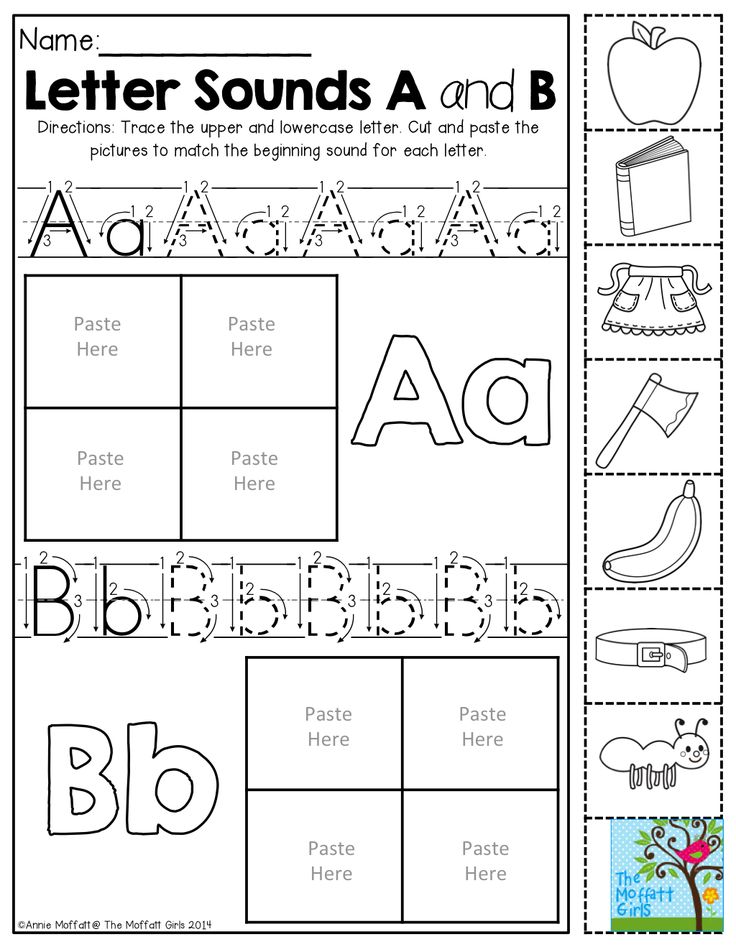 Use recordings and YouTube videos that have catchy tunes and lyrics about the alphabet. Sing along with your child, to help them learn the letters in a more memorable way.
Use recordings and YouTube videos that have catchy tunes and lyrics about the alphabet. Sing along with your child, to help them learn the letters in a more memorable way.
You can also assign each letter with an action to make it easier for your child to remember; like making the sound “sh” and then putting your hands up to your ears like a seashell.
Create word games!
Play charades with letters as clues.
Use tangible materials such as play-dough or sandpaper letters so your child can feel the shape of each letter. This helps them learn to identify and recognize each one more easily.
Cheat sheet for parents - Page teacher-speech therapist
Speech therapist consultation
Speech sounds - a class of sounds formed as a result of human pronunciation.
This is part of the multitude of acoustic vibrations that are perceived by the human auditory system. Unlike other sounds of animate and inanimate nature, they are used to form more complex complexes that serve as specific "shells" of meaningful units - morphemes or words.
All letters of the Russian language are divided into vowels and consonants.
Vowels 10:
A E Ё I O U Y E Yu Ya
Consonants 21:
B C D F G H J K L M N P R S T V H T W W SH
Sounding speech in writing is transmitted with the help of special graphic symbols - letters. We pronounce and hear sounds, and we see and write letters. A list of letters in a specific order is called an alphabet. The word "alphabet" comes from the names of the first two letters of the Greek alphabet: a - alpha, b - beta (in modern Greek - vita).
There are 33 letters in the modern Russian alphabet. Each letter has printed or handwritten, uppercase and lowercase variants.
Sound is the smallest unit of sounding speech. A letter is a graphic sign for designating a sound in a letter, that is, a drawing. Sounds are pronounced and heard, letters are written and perceived by sight. There are sounds in any language, regardless of whether it has a written language or not; sounding speech is primary in relation to speech written down in letters; in phonographic languages, letters represent sounding speech (in contrast to languages with hieroglyphic writing, where meanings, not sounds, are displayed).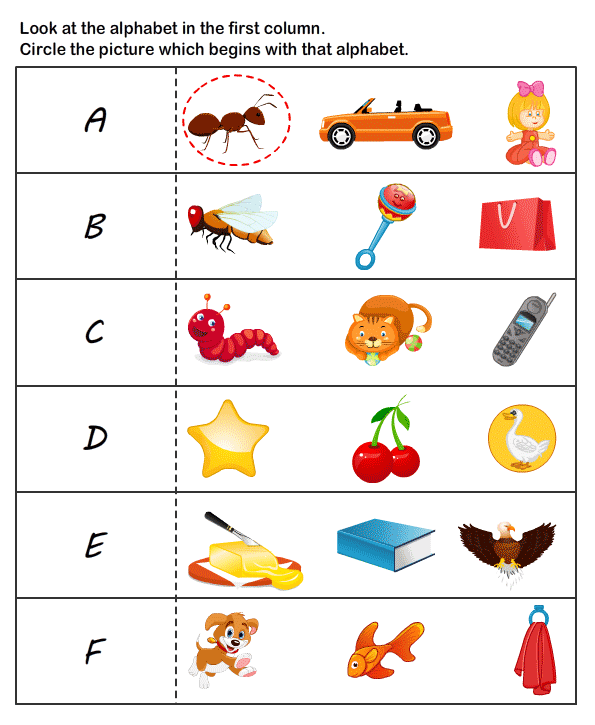
Unlike other linguistic units (morphemes, words, word combinations, sentences), the sound itself has no meaning. The function of sounds is reduced to the formation and distinction of morphemes and words (mal - mol - soap).
There are 33 letters in the Russian alphabet:
Aa - "a", Bb - "be", Vv - "ve", Gg - "ge", Dd - "de", Her - "e", Yoyo - "yo" , Zhzh - "zhe", Zz - "ze", II - "i", Yi - "th", Kk - "ka", Ll - "el", Mm - "em", Nn - "en", Oo - "o", Pp - "pe", RR - "er", Ss - "es", Tt - "te", Uu - "u", Ff - "ef", Xx - "ha", Ts - " tse", Hh - "che", Shsh - "sha", Shshch - "shcha", b - "hard sign", Yy - "s", b - "soft sign", Ee - "e", Yuyu - " yu", Yaya - "I".
The Russian alphabet is called Cyrillic or Cyrillic.
In Russian, not all speech sounds are indicated, but only the main ones. There are 43 basic sounds in Russian - 6 vowels and 37 consonants, while the number of letters is 33. The number of basic vowels (10 letters, but 6 sounds) and consonants (21 letters, but 37 sounds) also do not match.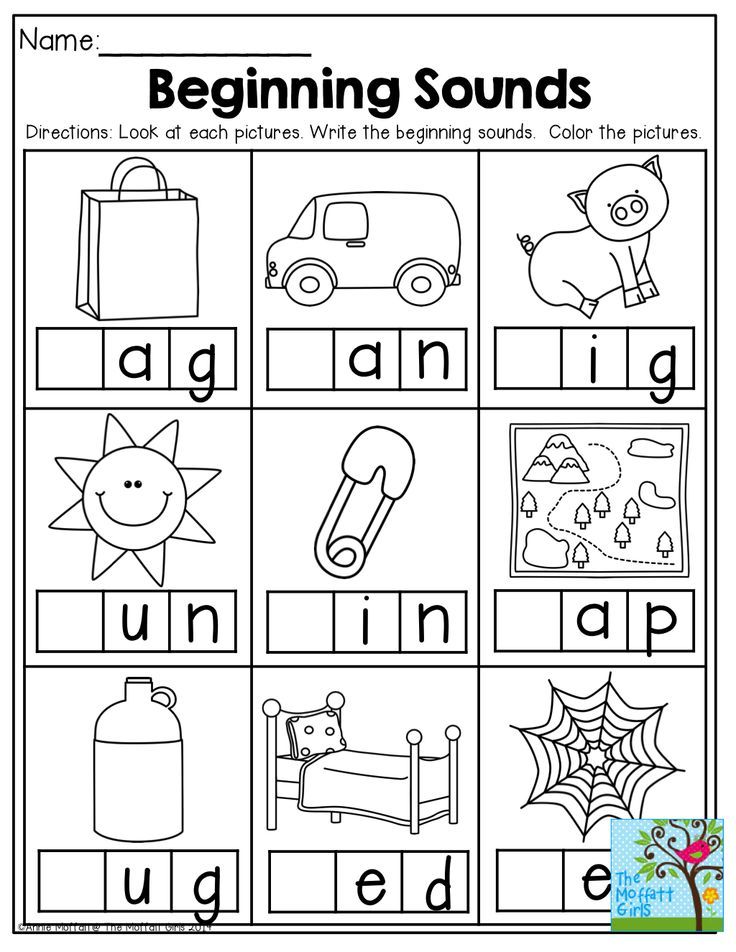 The difference in the quantitative composition of the main sounds and letters is determined by the peculiarities of Russian writing.
The difference in the quantitative composition of the main sounds and letters is determined by the peculiarities of Russian writing.
That is, all the letters of the Russian language are divided into three groups:
1) letters that do not represent sounds;
2) letters denoting two sounds;
3) letters denoting one sound. The first group includes the letters b, b, which do not denote any sounds: day - [d'en '], volume - [/ \ by'om]. The letters e, e, u, i belong to the second group. To the third - all the rest.
In Russian, hard and soft sounds are denoted by the same letter.
The six basic vowels are indicated by ten vowels:
[and] - and (cute).
[s] - s (soap).
[a] - a (May) and I (mine).
[o] - o (my) and yo (tree).
[e] - e (this) and e (chalk).
[y] - y (bush) and y (yula).
Thus, to designate four vowels ([a], [o], [e], [y]) there are two rows of letters:
1) a, o, e, y;
2) i, e, e, u.
The letters i, e, e, yu have two functions:
after the consonant they signal that the preceding consonant represents a soft consonant.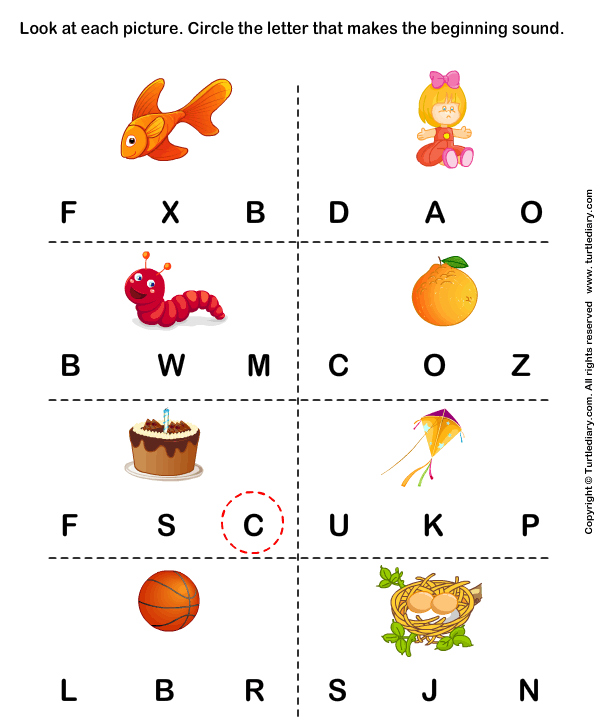
After vowels, at the beginning of a word and after dividing letters ъ and ь, these letters denote two sounds - a consonant [ j ] and the corresponding vowel:
I - [ja], e - [je], yo - [jo], yu - [jу].
For example:
1. after vowels: chews
2. after dividing ъ and ь
3. at the beginning of a word
The sound [j] is indicated in writing in several ways:
after vowels and at the end of a word - with the letter y;
at the beginning of a word and between two vowels - using the letters e, e, u, i, which denote a combination of the consonant [ j ] and the corresponding vowel;
the presence of sound [ j ] is also indicated by dividing b and b - between the consonant and vowels e, e, u, i.
The letters ъ and ь do not represent any sounds.
Separating b and b signal that the following e, e, u, i denote two sounds, the first of which is [ j ].
Non-separative ь:
1) indicates the softness of the preceding consonant
2) performs a grammatical function.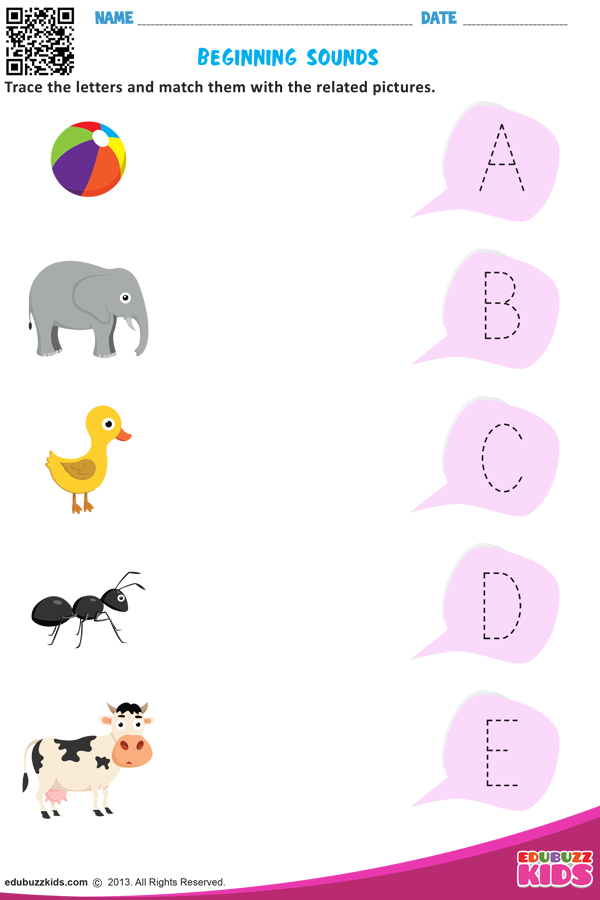
For example, in the word mouse does not indicate the softness of the preceding consonant, but signals that the given noun is feminine.
In addition, the same letter can represent different sounds. For example, the letter m can denote the sounds [m] and [m ']: mil - [m'il], soap - [soap]. The letter b can be used to denote the sounds [b], [b '], [p], [n ']: I will - [I will], beat - [b 'it '], oak - [dup], Ob - [op ' ].
Voiced consonants at the end of a word and before deaf consonants (i.e., in a weak position) sound like their paired deaf consonants: booth - bu [t] ka, order - prik [s]. This phenomenon is called stun.
Deaf consonants before voiced ones (that is, in a weak position) sound like voiced consonants paired with them: threshing - young [d '] ba, request - pro [z '] ba. This phenomenon is called voicing.
Strong positions for deafness-voicedness for consonants are positions before vowels and before p, l, m, n, d, v. Spelling errors are most often made when the consonant is in a weak position.
One sound can also be indicated by combinations of letters, for example:
- [w '] - mid, sch, well: account - [w '] et, happiness - [w '] astier, carter - in [w '] ik, man - mu[sh']ina;
- [ts] - ts, dts, ts, ts: father - o[ts] a, thirty - three [ts]at, washes - wash [ts] a, agree - agree [ts] a;
- [ts] - ts, ds: fraternal - bra [ts] cue, urban - city [ts]:
- [n] - nn: surprised - surprised [n] th.
We pronounce and hear sounds, we see and write letters. The designation of speech sounds with letters on a letter calls graphics (from the Greek “graph” - I write).
To distinguish a sound from a letter when studying phonetics, the sounds are enclosed in square brackets. For example, the letter a denotes the sound [a], the letter l denotes the sound [l], etc.
However, the letter does not always correspond to “its own” sound. One letter can denote different sounds, for example, in the words house - d [o] m, at home - d [a] mA (plural), the letter o denotes the sounds [o] and [a].
One sound can be denoted by different letters: in the words treasure and raft at the end of the word we pronounce the same sound [t], but different letters denote it: d and t.
It is necessary to distinguish between the sound and letter composition of words.
So, the sound and letter composition of the word house corresponds to each other, but in the form of the house there is a discrepancy: we write the letter o - we pronounce the sound [a]: in the word vinaigrette in unstressed syllables we write the letters and and e - we pronounce almost the same sound [and].
The number of letters and sounds in a word sometimes does not match. For example, in the word honest, 7 letters are written, and 6 sounds are pronounced. The letter t does not denote a sound (an unpronounceable consonant). According to the norms of orthoepy, with confluence of consonants in some words, the sounds [i] [d] [l] [t] are not pronounced, and the letters are written: sun, heart, etc.
Articulation (physiology), acoustics and perception (perception) 3. p. Articulatory every 3. p. is formed as a result of complex movements of the pronunciation organs. Acoustically, 3. r., like any other sounds, can be defined as oscillatory movements transmitted by the air. Sound sources are: modulation of exhaled air by vibrations of the vocal cords - the voice source; the obstacles created by the air jet in the speech apparatus - the complete closure of the articulating organs (bow) or their significant convergence (gap) - noise sources. In the education of each 3. p. one, two or three sources are involved: vowels are formed with the participation of only a vocal source, deaf explosive consonants - with the participation of a noise impulse source (a noise impulse occurs when the bow is suddenly opened, as a result of which the pressure behind the bow and atmospheric pressure equalizes), voiced explosive - with the participation of a voice and impulse source, deaf slotted - with the participation of a turbulent noise source (turbulent noise - friction noise of an air jet caused by narrowing of the articulating organs), voiced slot - with the participation of a turbulent and voice source, etc.
Acoustic properties 3. p . depend not only on the characteristics of the source, but also on the size and shape of the supraglottic cavities, which play the role of resonators: depending on the position of the tongue, lips, soft palate, oscillations of various frequencies and intensities arise and amplify in the supraglottic cavities, so that audible us 3. p. are complex acoustic formations resulting from the superposition of the acoustic characteristics of the epiglottic cavities on the acoustic characteristics of sound sources.
Consultation was prepared by:
- MADOU Speech therapist D/s No. 141/1
Grigoryeva
Methodical development of a communicative node acquaintance with sound A and letter A
Methodological development of communicative GCD
"Introduction to the sound "A" and the letter "A""
Yulia Viktorovna Kashirskaya, educator
d/s №13 Alekseevka Belgorod region
This development can be used by teachers in teaching children to read and write, the formation of initial ideas about the sounds and letters of the Russian alphabet. The summary of the GCD was developed in accordance with the age characteristics of children of the sixth year of life and in accordance with the requirements of the Federal State Educational Standard for preschool education.
Age category: children of the sixth year of life.
Purpose: To introduce the sound "A" and the letter "A" to the children of the sixth year.
Tasks: Acquaintance with the letter "A", to form the ability to find it among other letters of the alphabet. Develop visual and auditory attention, fine and articulatory motor skills. Develop coordination of speech with movements, creative imagination. Cultivate goodwill, initiative, responsibility, cooperation skills.
Materials and equipment: counting sticks, letters for a magnetic board, colored pencils, workbooks, letter A from a split alphabet, didactic game "The fourth extra", "Stomp - clap".
Preliminary work: guessing riddles, examining N. Zhukova's primer, exercises for isolating the sound A in words, learning the physical education lesson "Stork" by V. I. Kovalko.
References:
- V. Berestov "Reader".
- Kovalko V. I. ABC of physical education minutes for preschoolers.
- E. Uspensky "Letter A".
GCD content:
1. Organizational moment. Greeting "Good morning!".
2. Remind the proverb: "Learning is light, and ignorance is darkness." (Clarifying its meaning in children.)
Information from the history of writing. (In ancient times, people wrote on stones, clay tablets, papyrus, parchment, birch bark, etc.)
3. Reading the poem by V. Berestov "Reader".
How good it is to be able to read!
Don't bother your mother,
Don't shake your grandmother:
“Forgive me, please! Read!"
Don't beg your sister:
"Well, read another page!"
No need to call,
No need to wait,
Or you can take it and read it!
4. Guys, guests came to us today - Anya and Anton (children of the preparatory group) . They have prepared a task for you.
- Listen and name the first sound in the words: arch, antenna, watermelon, acrobat.
- That's right, the sound "A" is heard. This is a vowel sound, it is sung and when we pronounce it in our mouth we do not feel any barriers.
- Look at the pictures. What does the doctor ask the patient to say? (Aaaa) How does a girl put a doll to sleep? (Aaaa)
- Let's pronounce the sound "A" together (opening the mouth wide, with different voice strengths) .
5. Didactic game "Stomp - clap". Guys, if you hear a sound in a word [a], then clap. And if this sound is not - stomp.
Grove, wasp, rose, perch, school desk, sun, sky, tree, pen, pencil, briefcase, assessment, bread, album, birch, friend, frost, hare, rooster, class, frost.
6. Acquaintance with the letter "A". Show the letter "A".
Reading a poem by E. Uspensky.
Everyone knows the letter A -
The letter is very nice.
And besides, the letter A
The main letter in the alphabet.
They love this sound
Both Andrey and Allochka,
Stick like that, stick like that,
And in the middle there is a stick.
- This is the letter A. It consists of three sticks. Please note that two sticks are long and one is short.
- Let's write the letter "A" in the air.
- And now let's add the letter from the counting sticks.
- What letter did you put together? (A)
- And this is a small "a". It consists of a semicircle and a curved stick. What are these letters? (Big A and small A.)
- Note that they are red because they represent a vowel. Let's write the letter A in notebooks with a red pencil.
7. Physical education "Stork".
- Stork, long-legged stork,
Show me the way home. (Stork answers)
- Stomp with your right foot,
Stomp with your left foot,
Again with your right foot,
Again with your left foot.

